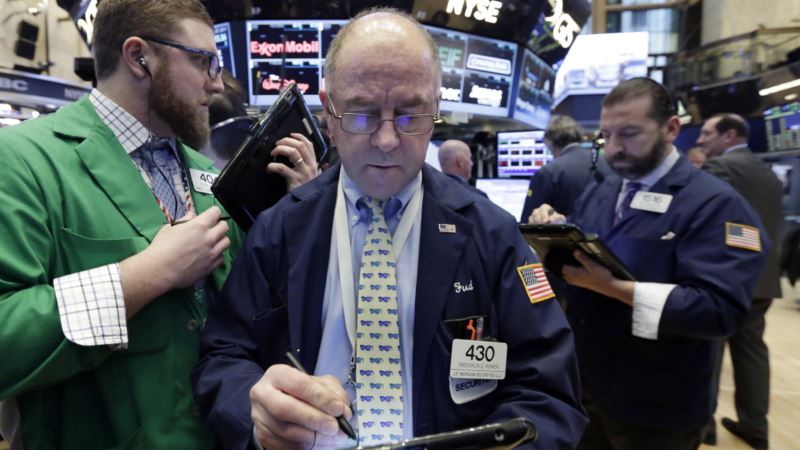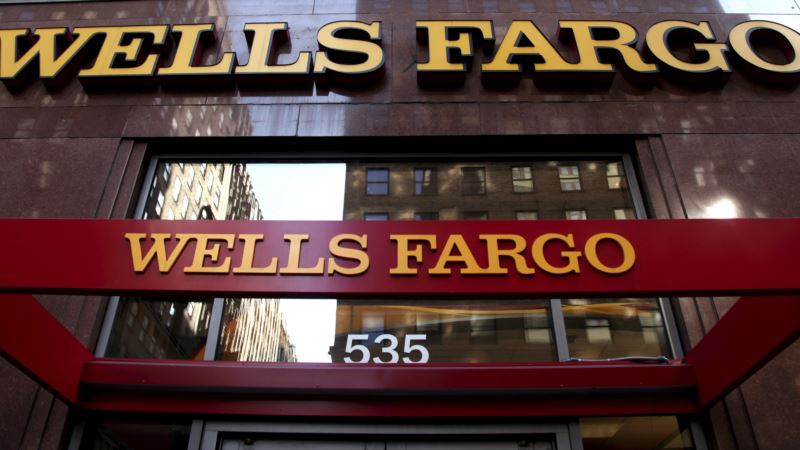U.S. stocks took a bit of a breather Friday to close out a record-breaking week as the S&P 500, Dow Jones industrial average and Nasdaq Composite traded through fresh all-time highs, with the Dow breaking the key 20,000 level. The "Trump bump" rally continues to support U.S. stocks because of new President Donald Trump's pro-business stance and support for lower taxes and getting Americans back to work with his proposed spending plans. Earnings are largely on track and economic data slowly continue to improve. Stock leadership has been broad-based, with the transports, media, software and materials leading the way. “It was a busy week for earnings with 13 Dow companies reporting, over 100 in the S&P 500 and 30 companies in the Nasdaq 100, which is an index representing the Nasdaq Composite's largest 100 companies by market cap, except financials,” Chris Dearborn, managing director, Nasdaq Markets Intelligence Desk, said. “We are seeing significant leadership in the Nasdaq 100 and companies within that index like Microsoft and Intel.” Economic health Fourth-quarter gross domestic product (GDP) contained some good and bad news. GDP measures an economy's output or production to help gauge that country's economic size. Nariman Behravesh, chief economist at IHS Market, points out that the bad news was the drag in trade, although some of the problem was simply a reversal of a one-off surge in soybean exports in the third quarter. The good news was that both business investment spending and housing investment are showing signs of life. “Along with continued solid spending by consumers at the end of the year and the recent surge in business and consumer confidence, this means that the U.S. economy will keep growing at a decent clip in the coming quarters,” Behravesh said. “The 2.5 percent growth rate of final sales to domestic purchasers is a good indicator of the underlying pace of the recovery.” Trading week ahead All eyes will be on the Federal Reserve and Janet Yellen for the first Federal Open Market Committee meeting of 2017 on Tuesday and Wednesday. Federal funds futures, a tool used to predict market expectations for changes in monetary policy, show odds of a rate rise at just 4 percent for this meeting. By March, odds of at least one rate rise move to 24.4 percent and to 36.2 percent by the central bank's May policy meeting. Asset prices have been supported by ultra-easy monetary policy since 2008, so this will certainly be a hot topic over the next several months. In addition to the Fed, the Bank of Japan and Bank of England meet, and while policy changes are unexpected, the first meeting of the year is widely anticipated. Jobs The all-important Employment Situation Report for January will be released on Friday, the first of Trump's administration. The employment data give the most comprehensive report of how many people are looking for jobs, how many have them, what they're getting paid and how many hours they are working. These numbers provide the best way to gauge the current state, as well as the future direction, of the economy. Other key data include ISM manufacturing report, housing, consumer confidence and motor vehicle sales. Earnings The earnings calendar is still very busy with a slew of companies set to report, including widely traded stocks like Facebook, Apple and Amazon.com. Analysts at Pacific Crest Securities remain buyers of Apple and have a $150 price target, which translates into upside of 12 percent from where the stock currently trades. “We expect solid fourth-quarter results and believe the likelihood for cautious commentary on ad load and conservative expense guidance are captured in current expectations,” Pacific Crest said in a research note. “We see the potential for upside to 2017 expectations from improved pricing, growth in video or a stabilized hiring rate.”
US Stocks Settle After Record-breaking Week






